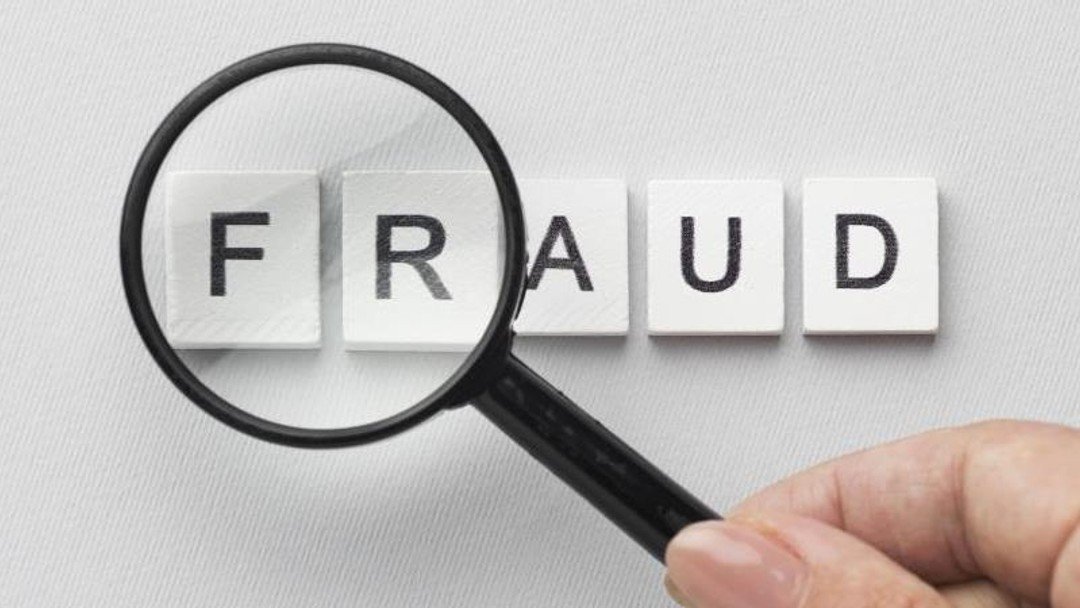Fraud detection: an insight into methods

By Ken Dulieu
Ken Dulieu explores the most common methods to counter occupational fraud
Occupational fraud is something businesses need to take very seriously. Even small-scale fraud can eat away at valuable profits, whereas larger scale fraud can devastate a business.
One key metric to help businesses prevent and detect fraud is to understand the common detection methods. Armed with this information, it is possible to implement more effective anti-fraud procedures and prevent financial losses.
The annual report compiled by the Association of Certified Fraud Examiners (ACFE) is a fantastic resource for understanding this crucial metric. It details a huge range of vital information about how fraud is detected.
This article discusses the findings and how they can be integrated into an effective anti-fraud policy.
Key findings
The ACFE report is always a useful tool for understanding the nature of occupational fraud and common patterns to counter it. One of the areas they put great emphasis on is how workplace fraud is detected.
The importance of using this information when building effective anti-fraud procedures cannot be overestimated. The following information details all of the important metrics covered by the ACFE Report to the Nations.
Initial detection
Understanding the most common methods by which workplace fraud is uncovered creates a solid foundation on which to build effective anti-fraud procedures. The statistics below, which show the leading prevention methods and their rate of occurance, might present a surprise or two:
· Tip; 42 per cent of cases.
· Internal audit; 16 per cent of cases.
· Management review; 12 per cent.
· Document examination; six per cent.
· Accidentally; five per cent.
· Account reconciliation; five per cent.
· Automatic transaction; four per cent.
· External auditing; four per cent.
· Surveillance mointering; three per cent.
· Law enforcement notification; two per cent.
· Confession and others; two per cent.
The most obvious point to note is the prevalence of tips as the main method for detecting fraud. For businesses, this is a factor that shouldn’t be overlooked. This is almost three times more widespread than the next most common detection method.
The report goes into some depth on the importance of tips as a detection method. This makes essential reading for organisations looking to implement effective anti-fraud measures.
The importance of tips
One of the breakdowns listed in the report is the source of the tip-offs and their percentages. The following statistics look at this metric. These figures reinforce the need for an organisational culture that takes tip-offs seriously. Additionally, it highlights the need for anti-fraud mechanisms that target external parties as well as internal staff.
Sources of tips:
· Employee; 55 per cent.
· Customer; 18 per cent.
· Anonymous; 16 per cent.
· Vendor; ten per cent.
· Other; five per cent.
· Owner or shareholder; three per cent.
· Competitor; five per cent.
When creating an overview of occupational fraud detection methods, the report discusses the differences between passive and active fraud detection methods. Tip-offs could be considered a ‘hybrid’ methodology. The tip-offs themselves could be considered a passive method, but much can be done actively to ensure a framework is in place that allows worried individuals to express their concerns.
In other words, there is much to be gained by transforming ‘passive tip-offs’ into an active fraud detection method.
Reporting mechanisms
The methods used to report fraud tips are widely covered in the ACFE report. One interesting note is the reduction in the use of telephone hotlines to report fraud. Previous reports listed hotlines as the most common method. However, this has declined and the use of email and web reporting have both moved ahead of this.
Interestingly, as discussed in more detail below, a telephone hotline can still dramatically reduce the amount of loss and the duration of a fraud.
Reporting mechanisms:
· Email; 40 per cent of cases.
· Online form; 33 per cent of cases.
· Telephone hotline; 27 per cent of cases.
· By post; 12 per cent of cases.
· Other; seven per cent of cases.
· Fax; less than a percentage point.
The above figures illustrate the importance of maintaining multiple channels for fraud reporting. But as we already touched upon, despite declining usage, telephone hotlines remain a valuable reporting mechanism. The following figures demonstrate why this is: -
Telephone hotline
Despite declining usage, firms that operate a telephone hotline reported dramatically less of a median loss and greatly reduced fraud duration times.
· Firms without hotlines had losses 2 times greater than those with them.
· Organisations with hotline detected frauds quicker (12 months compared to 18 months).
· Organisations with hotlines were more likely to detect fraud because of a tip.
Loss amount and duration
The data within the report is used to draw comparisons between fraud detection methods. Specifically, the ACFE has examined the relationship between the successful detection method and the median loss & duration of the detected fraud.
Among the leading detection methods, cases of fraud detected by accident went on for a median duration of 23 months with a median loss of £86,000. Those decteted by tip were found to have continued for 12 months with a median loss of £101,000. Cases detected by external audit continued for a median period of 20 months, with a median loss of £188,000. Meanwhile, cases which a law enforcement notitifaction had exposed lasted for a median of 18 months, with £430,000 reported to be the median loss.
The picture that emerges when considering fraud detection methods is fraud prevention methods need to take a broad brush approach. The prominence of tips cannot be disregarded, but neither should it be relied upon to bear most of the weight of an organisation’s anti-fraud procedures.
Lessons
The nature of the professional services sector leaves it vulnerable to fraud at higher scales. This can be illustrated by looking at one key stat from the ACFE report, that of the average median loss by industry. According to the report, fraud victims within the professional services sector suffered a median monthly loss of £8666, this is much higher than the median loss across all sectors, which the report details as being £6785.
This highlights the importance of due diligence in the sector. Of course, the importance of encouraging staff and external parties to voice their concerns cannot be underplayed. But this should be part of an overall suite of anti-fraud controls which include:
· Robust internal and external auditing.
· Strong accounting and reconciliation procedures.
· Effective staff vetting.
· Effective segregation of duties.
While the report may throw up some frightening statistics, it benefits organisations looking to strengthen their anti-fraud procedures. Understanding the nature of fraud and the success (or otherwise) of anti-fraud procedures in detecting it, is incredibly useful. It allows organisations to design highly-effective anti-fraud policies that minimise the chances of becoming a victim of fraud.
Ken Dulieu is chairman and chief executive of Capcon Limited capcon.co.uk
